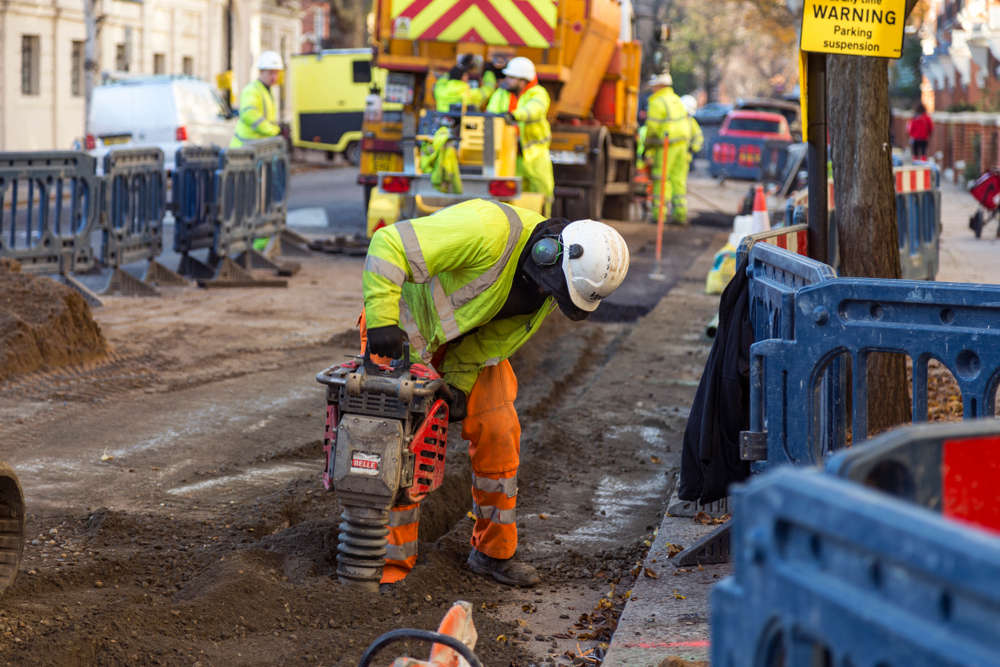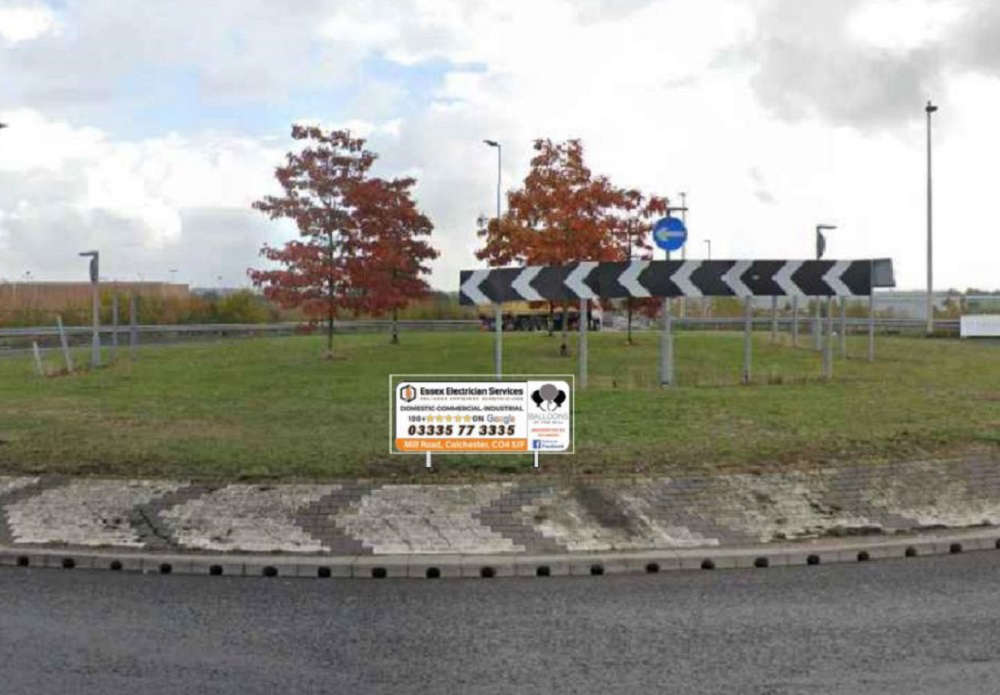

Avoid digging into disaster warns ECA
Posted: Thursday, May 5th, 2022

Walk down any high street in one of our towns or cities and you’ll soon come across the barriers that mark out a hole or trench where cables or pipes are being laid. As businesses and homes require more energy connections or internet connectivity, the number of contractors breaking ground in our streets is growing. Digging into urban streets is difficult and potentially dangerous work. And it seems that it’s becoming riskier. The Energy Networks Association reports electric cable strikes have increased 46% since the end of lockdown. On average, 70 people each year are seriously injured because of contact with underground electricity cables. These are not the only potential hazards under our streets. There are gas and water pipes as well as telecommunications cables to be aware of when undertaking these projects. The problems are exacerbated when working somewhere like the City of London where there are narrow streets and heavy traffic. There is guidance on how to approach these projects safely. HSG47 Avoiding danger from underground services from the Health and Safety Executive (HSE) outlines three important stages of safe work during excavation: * Planning the work * Locating and identifying buried services * Safe excavation But not everyone is following the guidance. Figures show that around a third of construction workers fail to check for underground electricity cables when digging on site. A project that involves digging into city streets should start with careful research. Designing the preferred route includes making a request for statutory drawings for utilities. It’s also crucial to take the time to walk the route because this will provide a clear view of any potential physical challenges in the area. A visit to the site can help to identify risks in the work location that may not be marked on the drawings. This is far more common than many people realise, as the drawings rarely keep pace with the addition of road layout, new street furniture, pipes and cables. More worrying, there are rogue contractors who lay cables and services without regard to safety of others who may have to work in the area next. Although we can use a CAT 4 Plus scanner to track electrical cables, it does not provide accurate depths. If cables have been laid incorrectly this can be very dangerous to anyone working on the project. We have seen high voltage cables laid at 180mm when the depth should be 750mm. Planning and checking literally save lives. In theory, it might be possible using modern technology such as ground penetrating radar to map the cables and pipes under London’s streets. But, leaving aside the cost of that project, the map would also soon be out-of-date as things change almost on a weekly basis. So we rely on everyone in our sector working safely and keeping good records, which is not always the case. We’re all aware that our projects are increasingly time-pressed. Working anywhere in London is challenging because permissions to access roads may have to come from more than one Local Authority and involve Transport for London (TfL). None of these bodies wants to close city roads for very long. As a result, it’s likely that the excavation contractor has limited time and space to get the work done, and that’s often when safety takes a back seat. For example, the permitted area for digging may be very restricted on a busy road. Ideally, the contractor should work 500mm either side of a cable to avoid contact. But if a cable lies very close the edge of the allocated work area, it could be tempting to lift the tarmac, ‘just to see what’s there’. This is when accidents can happen. It’s vital to take the time to stop work and assess how to proceed to undertake the work safely (extending the work zone, or extending the permit even if that seems counterintuitive). Planning ahead means that decisions are not left to a time-pressed site foreman who may make a bad decision with the best intentions. Pre-planning and assessing proposed routes can highlight the danger areas and these potential problems can be controlled by instructing the excavation teams on how to investigate (no dig zones). These clear instructions reduce the risk of a bad decision being made for the best of intentions due to perceived pressure by the excavation teams. The need to excavate in our city streets is growing. As new buildings are constructed, they require the utilities that are vital for modern life. What’s more, government is driving the development of low-carbon district heating systems in urban areas, which will add to the challenge as more pipes are laid. As electrical contractors, we know the importance of prioritising safety for ourselves and our clients. With accidents on the rise in excavation projects, it’s time to put that same focus on ensuring that contractors adopt robust safety standards out on the city streets.
Trending Stories
-
 Essex electrician has roundabout signs rejected
Essex electrician has roundabout signs rejected
A sparkie’s bid to sponsor signs on two roundabouts has been refused by planning chiefs who described them as “clutter”
-
 Barbie caused a ‘worldwide’ shortage of pink paint
Barbie caused a ‘worldwide’ shortage of pink paint
Barbie needed so much fluorescent pink paint that it caused a worldwide supply shortage for an entire company
-
 Builders find body of man murdered in the 1960s and buried in back garden
Builders find body of man murdered in the 1960s and buried in back garden
A woman who bought a South London house was left horrified after builders discovered the body of a man murdered in the 1960s and buried in her garden 14 months after she moved in
-
 'Government insulation scheme ruined my home'
'Government insulation scheme ruined my home'
A home-owner said his flat has been ruined by black mould caused by a government "green" insulation schem
-
 Builder celebrates lottery win by buying his coworkers bacon butties
Builder celebrates lottery win by buying his coworkers bacon butties
A builder from Milford Haven who won big on the lottery celebrated his victory by treating all his workmates to a round of bacon rolls